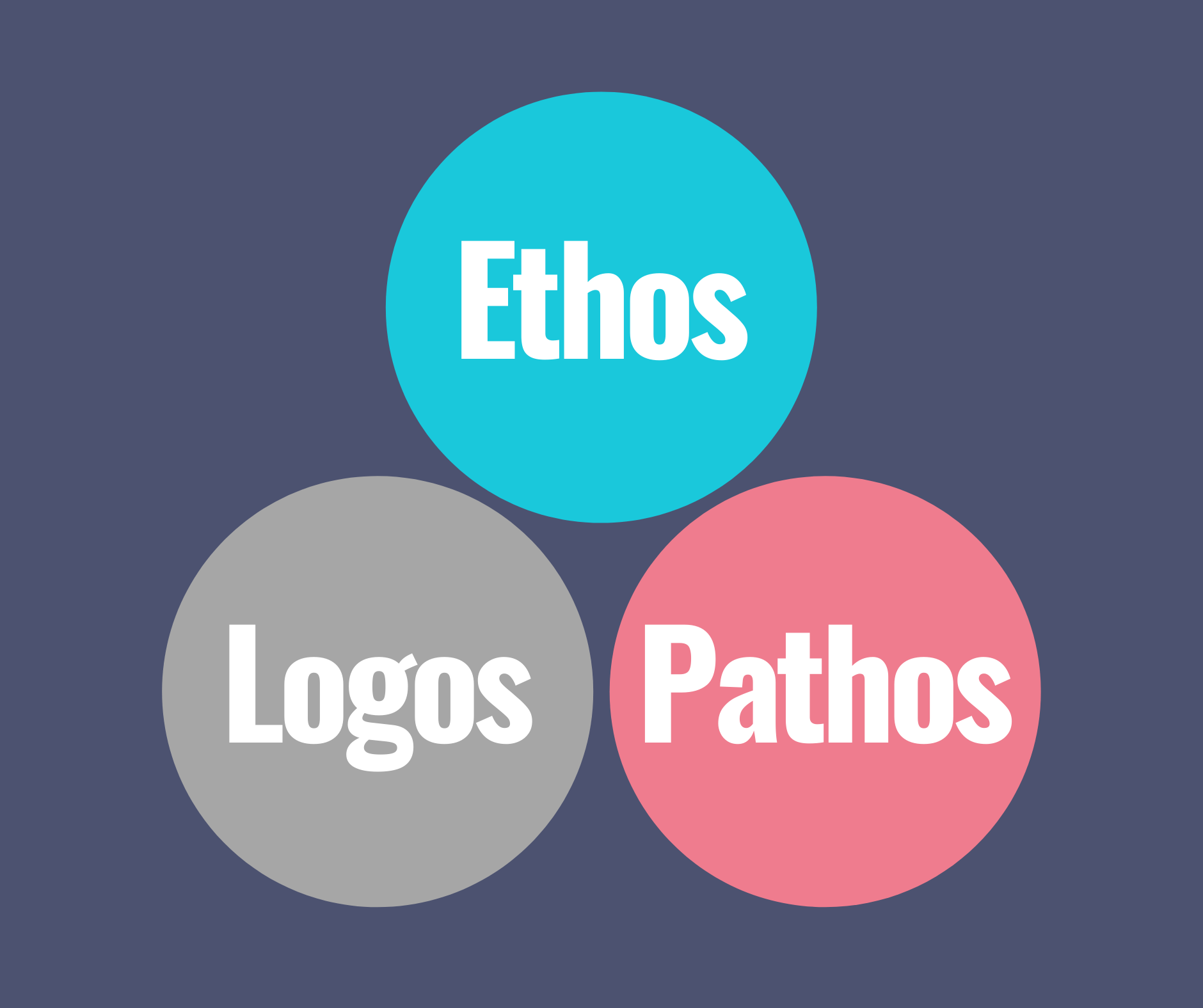In the last 8 years or so, seemingly every marketing agency and consultant has been banging on about storytelling. But very few tell you how to do it.
That’s why so many small businesses struggle with knowing how to write a brand story that has clarity, is memorable and is ultimately persuasive (it has a happy ending!).
But there’s one marketing genius whose method for storytelling you can bank on. You may have heard of him – a guy by the name of Aristotle.
Aristotle’s view was that everyone needs the help of rhetoric when they’re faced with a public audience they need to persuade or convince. He said in his book “Rhetoric” (sometimes known as “The Art of Rhetoric”) that all convincing speakers used ELP – the three kinds of persuasion known as Ethos, Logos and Pathos – to create an argument that is emotive, logical, and persuasive, no matter who’s in your audience.
Can you use the Ethos, Logos and Pathos framework to create better persuasion in your brand story, and if so, how?
Yes, you can.
Start with Ethos, since Ethos is about credibility and trust, and you want to set the scene. It’s the straight, tall posture and unhesitating, resonant voice of a confident speaker when he rattles off his qualifications and experience. Ethos is what reassures your audience of your integrity and the reason they need to pay attention. In a business sense, it’s your branding or image. Ethos is critical to the start of your story because it establishes trust, and without trust, potential customers won’t stick around.
How to acquire Ethos:
- Maintain a squeaky clean brand and image
- Stick to your knitting – don’t talk about things that are outside of your capability. You’ll be caught out for sure, and whoosh, there goes your Ethos!
- Make sure people can find you and your credentials easily, and they’re there for all to see. Hide nothing. Nothing fabulous, anyway.
- Communicate in an easy to comprehend manner – don’t use industry or technical terms that make it hard for your audience to follow
- Be truthful in your story and your campaigns.
Now you can move on to Logos.
Once you’ve earned the trust of your audience (customers), you can start to lay the foundations of logic. The proof. The irrefutable facts – facts that they’ll believe, because they already trust in you. This is the part where persuasion kicks in. Show them there’s an issue and tell them you have the solution – without sounding like a vacuum cleaner salesman!
Where to start? Give them examples, and stats and facts if you absolutely must – but make sure they’re sticky!
Use reasoning and logic, even cite their peers and competitors. Reference studies or third party sources that support your logic.
Finally, there’s Pathos.
This is the easy part, because we all have it in us – the emotion (yes, even you up there in the back), the belief, the pulling of heartstrings. You know how to do this, you’ve been doing it since you were a toddler, every time you wanted your own way, and it’s an essential part of any story worth its salt. You may have the most trustworthy and statistically sound story in the world, but if people don’t identify with it in a meaningful way, all your Ethos and Logos will have been for nothing. Pathos is the thing that stays with your audience days or weeks after hearing the story, lurking beneath the surface – and it’s the thing that can turn listeners into customers and advocates of your brand.
How do you inject more pathos into your communications?
- Firstly, know your audience! Know what they care about, what makes them happy, what makes them sad – what spurs them into action.
- Use emotive language and visuals – make sure you get them in the feels.
- Use analogies, metaphors, examples, even a healthy dose of self-deprecation to help your audience connect with complex or possibly unfamiliar ideas, or just to make them relate and relax.
- Always try to use really good quality visuals.
Go on, give it a go – aim for better persuasion in your brand story. As always, we’re here to help if you get stuck.

